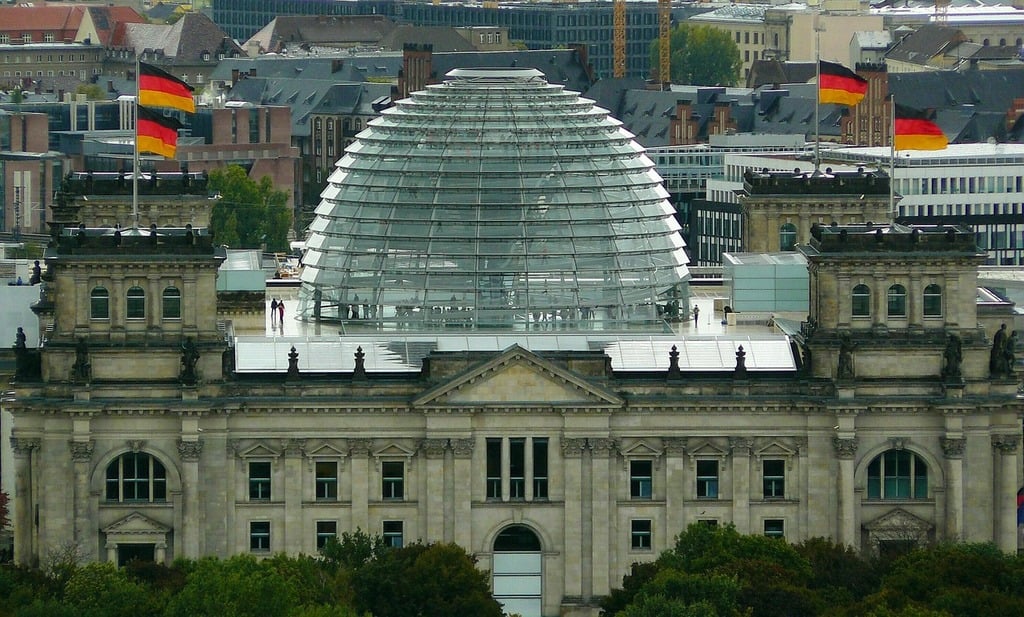
Lessons from Germany: The Weather Controls
By Branko Terzic
Germany has been an international leader in the transition away from carbon-based (fossil) fuels. Not noted for its sunshine, Germany, the land of my birth, nonetheless pushed and subsidized solar and wind power installations. Concurrent with the promotion of renewable energy and for concerns other than climate change the German government led by the Green Party decided to close its entire carbon emission free nuclear power plant fleet in 2023. This was, of course, a consequence of the Russian nuclear reactor catastrophe at Chernobyl in Ukraine.
It is notable that to replace the production lost from closing the nuclear power plants and to balance the intermittent solar and wind production Germany had to construct new coal and natural gas fueled power plants. The resulting system was supposed to produce carbon-free and low-cost electricity.
Things don’t always turn out the way they were planned. According to a report produced by the German energy consultant Stefan Reveman, during the week of December 8, 2024 electricity demand in Germany varied between 45,000 Megawatts (MW) and 74,000 MW however, while the installed capacity of renewable electricity in Germany totaled 181,000 MW at this time, Germany’s renewable units produced only between 8,590 MW and 38,000 MW daily during that period. To cover the shortfall between 19,000 MW and 45,000 MW were supplied by German coal and gas power plants. Electricity imports were also significant including from nuclear power plants in France.
Why did 181,000 MW of installed renewable capacity deliver only 8,590 MW on some days?
The answer in German is “Dunkleflaute” or the “dark doldrums” when Northern Europe experiences calm winds and dense clouds. Coming in the fall or winter this weather pattern can occur up to ten times during the year and last for several weeks. This weather pattern affects both solar and wind production negatively.
A breakdown of available wind and solar in December 2024 wasn’t available but as of the end of 2023 Germany's installed renewable electric capacity was just under 170,000 MW, (compared to 181,000 MW in December 2024) according to public sources, with the majority coming from solar and wind power sources; specifically, around 81,7000 MW of solar capacity and 60,900 MW of onshore wind capacity.
This would all be of interest only to energy geeks except for the fact that in December 2024 electricity prices in Germany increased to 14 times the previous average. Reminding that Germany’s average electricity prices were already three times that of US. In the past electricity demand was driven by weather, now in Germany electricity production is a function of weather as well.
The Honorable Branko Terzic is a former Commissioner on the U.S. Federal Energy Regulatory Commission and State of Wisconsin Public Service Commission, in addition he served as Chairman of the United Nations Economic Commission for Europe ( UNECE) Ad Hoc Group of Experts on Cleaner Electricity. He holds a BS Engineering and honorary Doctor of Sciences in Engineering (h.c.) both from the University of Wisconsin- Milwaukee.
#BrankoTerzic #energy #regulations #management #people #electricity #power #utilities #future #renewables #RenewableEnergy #Government #economy #experience #research #future #opportunity #strategy #energysector #oilandgas #powergeneration #energyindustry #oilandgasindustry #sustainability #berlin #reichstag #germany #deutschland #berlincity #bundestag
